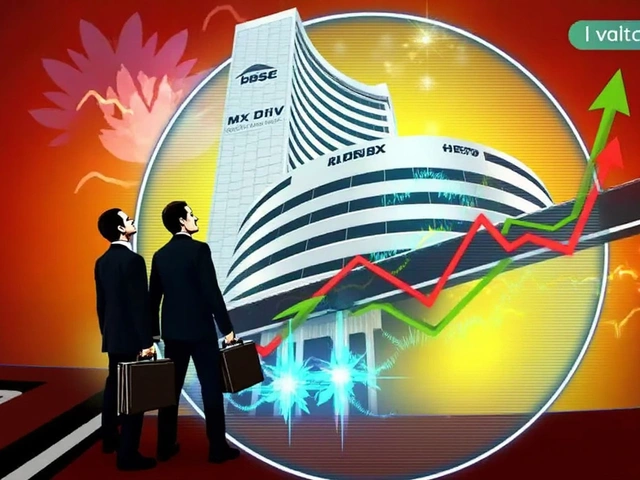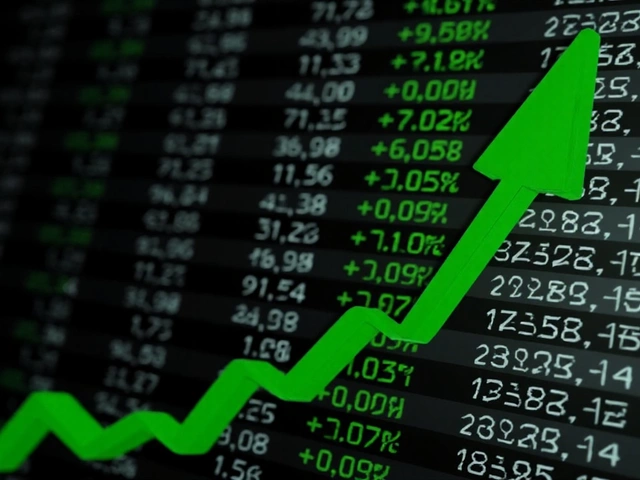The Indian stock market found itself in turbulent waters in April 2025, reeling from the ripple effects of heightening global trade tensions. The financial storm was ignited by mounting strife between trade giants—the United States and China. This economic skirmish, spearheaded by U.S. President Donald Trump with reciprocal tariffs, sent shockwaves through global markets, nudging the Indian equity markets into a steep dive.
On a fateful day, the BSE Sensex plunged by a staggering 5.19%, wiping out 3,914 points and opening at a sobering 71,449.94. The NSE Nifty 50 mirrored this bleak performance, shrinking by 5% or 1,146 points to settle at 21,758.4. This plummet washed away roughly ₹20.16 lakh crore from investor coffers, marking it as one of the most catastrophic single-day declines registered in recent memory.
The hardest hit sectors included pivotal industries like information technology, financial services, and the automobile sector. Stocks such as Tata Steel, Tata Motors, and HCL Technologies bore the brunt of the sell-off, each tumbling by over 10% in market value. As whispers of a global trade war swirled, the broader economic uncertainty only served to compound fears, exacerbated by other factors like U.S. inflation woes, jittery interest rates, and a noticeable ebb in foreign investment flow.
Adding to the woes were internal challenges faced by India, including policy unpredictability and mounting macroeconomic strains, which intensified the mass exodus of investors. Technical analysts pointed fingers at key performance indicators such as the Nifty's 100-weekly moving average sitting at 22,145, and talked of a super-trend line support marker at 21,500, hinting at more downside unless these crucial levels held firm.
Nandish Shah from HDFC Securities noted a potential dive towards the 20,000 mark for Nifty, though he was quick to emphasize that this was not the most likely scenario. Indeed, despite the chaos, Indian markets have shown relative resilience against international counterparts in the ongoing economic storm.
The backdrop to this market nosedive wasn't a sudden event, as the Indian stock market had already been under pressure, experiencing a sluggish six-month slide with the Nifty previously shedding 17.3% since September 2024. A minor bounce-back was observed on April 7, where Sensex and Nifty saw a modest uplift to 73,137 and 22,161, respectively, but volatility refused to let go.
In response, regulatory giants like the Securities and Exchange Board of India (SEBI) and the Reserve Bank of India (RBI) have been actively engaging measures to attempt market stabilization. Still, any significant resurgence seems to rest on the shoulders of corporate earnings, future economic policy cues, and a return to macroeconomic steadiness.
Amidst the turmoil and uncertainty, this episode stands as a stark reminder of the interconnected threats facing investors, from retail to institutional levels, as they navigate through the intricacies of a globalized economic landscape.







